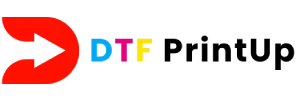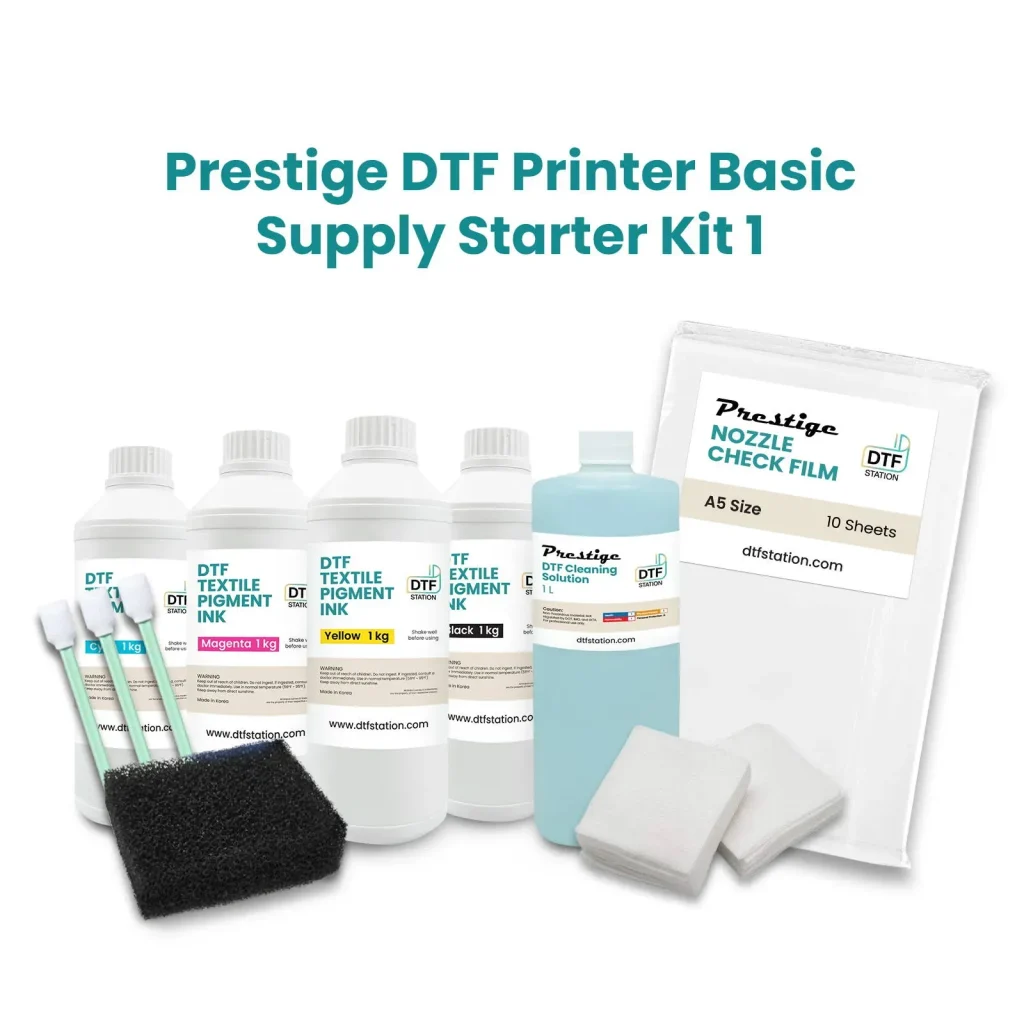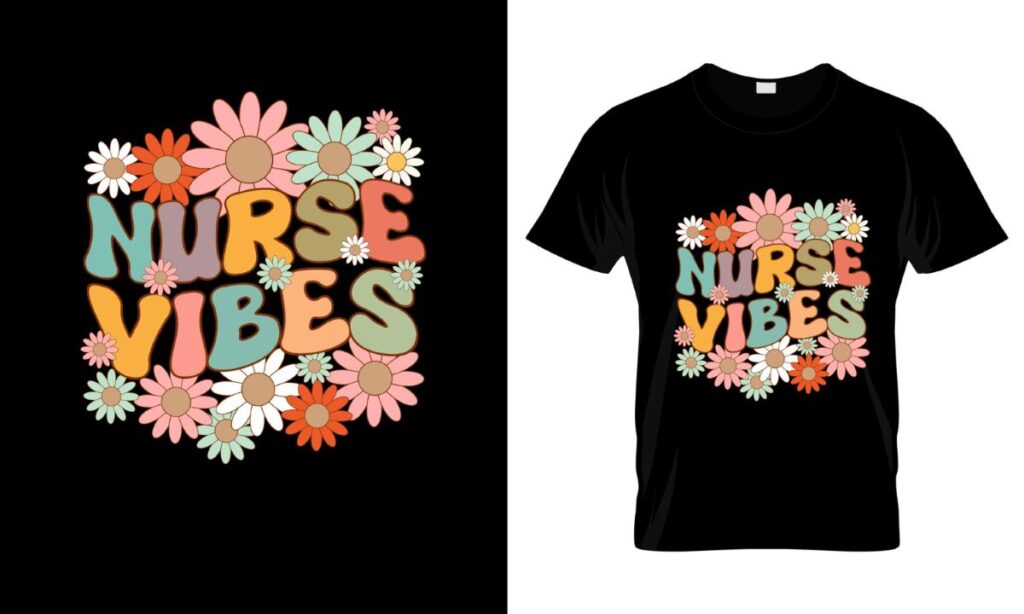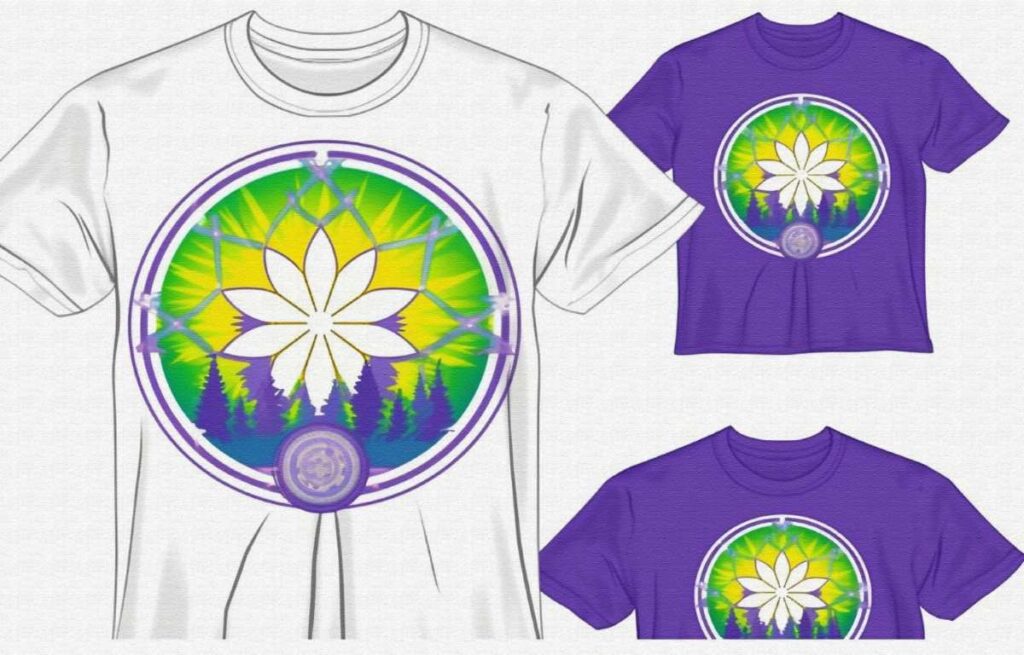DTF supplies are quickly becoming a cornerstone of the textile printing industry, thanks to their innovative application in Direct to Film printing technology. This method has revolutionized custom apparel printing, enabling creators to produce vibrant, detailed designs on a variety of fabrics with ease. As businesses embrace this eco-friendly printing approach, they can cater to the growing demand for personalized products, ensuring that individual tastes are met without compromising on quality. With advancements in DTF technology enhancing the efficiency of textile printing, it’s evident that DTF supplies will play a pivotal role in shaping the future of this market. Consequently, understanding the benefits and applications of these supplies is essential for any business aiming to thrive in the competitive world of fabric printing.
As we delve into the world of Direct to Film materials, it’s crucial to recognize the broader implications of this printing paradigm shift. This innovative technique not only streamlines the production of personalized textiles but also aligns with the rising trend of sustainable practices within the industry. By implementing cutting-edge film technologies, manufacturers are poised to meet consumer demands for unique and custom-crafted apparel. Moreover, the focus on environmentally responsible materials ensures that businesses can operate effectively while adhering to eco-friendly standards. Altogether, exploring DTF supplies reveals a transformative shift in textile printing methodologies that prioritizes both creativity and sustainability.
The Rise of DTF Supplies in Textile Printing
The rise of DTF supplies in the textile printing arena marks a transformative shift in how apparel and various textiles are produced. With the increasing demand for innovative, high-quality printing techniques, Direct to Film (DTF) technology has established itself as a frontrunner. Unlike traditional methods such as screen printing, DTF provides cost-effective solutions for custom apparel printing, allowing manufacturers to produce vibrant designs on diverse fabric types. This surge in popularity aligns with consumer preferences, as individuals today yearn for unique products that reflect their personal style.
As DTF technology continues to evolve, its market is expected to expand significantly. The growth is not only attributed to the practicality of the supplies involved but also to their adaptability to emerging trends in the textile industry. DTF supplies offer businesses the ability to quickly respond to niche markets, enabling them to create small batches of customized goods that appeal to modern consumers. In a world where personalization is increasingly valued, DTF is cementing its place as a go-to solution for innovative textile printing.
Technological Innovations in DTF Printing
Technological innovations in DTF printing have played a pivotal role in optimizing both the quality and efficiency of textile printing operations. Advances in printer technology and ink formulations have enabled sharper, more vivid prints, which is essential for businesses aiming to stand out in a competitive market. Specifically, the development of high-definition films has allowed for intricate designs that were previously limited to more traditional printing methods. These enhancements reflect the rapid progress within the industry and underline the importance of adopting the best DTF supplies available.
Moreover, eco-friendly printing supplies are becoming increasingly prioritized in response to consumer demand for sustainable practices. Companies that incorporate eco-friendly inks and recyclable printing materials not only improve their environmental footprint but also enhance their brand reputation. As more businesses recognize that consumers are keenly interested in sustainability, the advancement of eco-conscious DTF technologies will likely provide a competitive edge in the textile printing landscape.
Emerging Trends in DTF Printing
As DTF printing technology matures, several emerging trends are shaping the landscape of textile printing. One of the most notable trends is the focus on customization, which has become a defining factor for contemporary consumers. Retailers are increasingly adopting DTF technology to fulfill the growing demand for personalized textiles, ranging from custom apparel to unique home decor items. This shift towards personalization not only caters to specific consumer desires but also enables businesses to differentiate themselves within the market.
In addition, the versatility of DTF printing significantly appeals to various industries, including sportswear and fashion. Brands are utilizing DTF technology to create eye-catching designs that resonate with consumers, allowing for direct printing on a variety of textiles. As DTF supports customization, the ability to meet individual style preferences strengthens customer loyalty and satisfaction. This dynamic is fundamental for businesses looking to thrive as consumer expectations continue to evolve.
Challenges in DTF Printing Adoption
Despite the many advantages of DTF printing, there are challenges that businesses must navigate before fully adopting this technology. One primary concern is the durability of prints, as the longevity of designs on different fabric types remains an area for ongoing research and development. Ensuring that prints can withstand regular wear and washing is crucial for retaining customer satisfaction and brand credibility.
Cost implications related to DTF supplies are also significant. While the technology offers a cost-effective alternative to traditional methods, the initial investment in specialized films and inks can be daunting for some businesses. Companies must evaluate the financial risks associated with a transition to DTF printing compared to established methods like screen printing or DTG. Addressing these challenges is vital for successfully integrating DTF supplies into production processes.
The Bright Future of DTF Supplies
The future outlook for DTF supplies in the textile printing industry is remarkably optimistic, driven by continuous advancements in technology and an increasing consumer focus on customization. As businesses invest in DTF technology, they will enhance their production capabilities and align themselves with changing market demands. Analysts predict that staying ahead of the curve in DTF printing will give companies the advantage needed to thrive in the fast-paced textile landscape.
Furthermore, the ongoing research and development in DTF supplies, along with the rise of eco-conscious consumers, suggest that those adopting sustainable practices will position themselves favorably within the industry. As the market increasingly shifts towards personalized and innovative design options, DTF supplies will undoubtedly play a critical role in the future of textile printing, paving the way for a new era of creativity and efficiency.
DTF Printing and Eco-Friendly Practices
As environmental awareness continues to rise, DTF printing technology is stepping up to address the need for eco-friendly practices in the textile industry. Businesses are now prioritizing sustainability not just as a trend but as a core value. This shift involves using eco-friendly inks that minimize environmental impact without sacrificing the quality of prints. Such choices are essential in ensuring that companies appeal to the growing demographic of socially responsible consumers.
Incorporating recyclable printing materials within DTF supplies also represents a significant leap towards sustainability. By choosing supplies that are less harmful to the planet, manufacturers can significantly diminish waste produced during the printing process. As sustainability becomes more integrated into DTF practices, businesses that champion environmentally friendly methods will not only gain market approval but also contribute positively to the planet.
Frequently Asked Questions
What are DTF supplies and how do they relate to DTF printing technology?
DTF supplies refer to the materials and components used in Direct to Film (DTF) printing, which is a modern textile printing technology. This includes DTF inks, transfer films, and adhesive powders that allow for high-quality and vibrant prints on various fabrics. DTF printing technology is favored for its ability to produce detailed designs and support customization, making it ideal for custom apparel printing.
How does DTF printing compare to traditional textile printing methods?
DTF printing stands out from traditional textile printing methods such as screen printing and Direct to Garment (DTG) printing due to its lower setup costs and greater versatility. While screen printing is suitable for large orders, DTF printing technology allows for efficient production of small batch and customized orders, meeting the growing demand for personalized apparel, which traditional methods often struggle to fulfill.
What are the eco-friendly printing supplies available for DTF printing?
Eco-friendly printing supplies for DTF printing include biodegradable inks and recyclable transfer films. As sustainability becomes a priority in the textile industry, many suppliers are offering environmentally responsible DTF inks that do not compromise print quality. Utilizing these eco-friendly materials not only helps reduce the environmental impact but also appeals to consumers who are increasingly conscious of sustainable practices.
What are the current market trends affecting DTF supplies in custom apparel printing?
Current market trends indicate a surge in demand for DTF supplies due to the rise of customization in the custom apparel printing sector. Consumers are increasingly seeking unique, tailored products, which DTF printing technology is well-equipped to provide. Additionally, industries like sportswear and fashion are incorporating DTF techniques to cater to personalized consumer needs, leading to widespread adoption of DTF supplies.
What challenges do businesses face when transitioning to DTF printing technology?
Businesses transitioning to DTF printing technology may encounter challenges such as the initial cost of specialized DTF supplies, including inks and transfer films. Additionally, there may be a learning curve for staff to become proficient in the DTF process, particularly when compared to more established methods like screen printing. Companies must weigh these considerations against the benefits of enhanced customization and production efficiency.
What is the future outlook for DTF supplies in the textile printing industry?
The future outlook for DTF supplies in the textile printing industry remains promising, with projections indicating continued growth in demand for DTF printing technology. As advancements in printing processes and materials enhance the capabilities of DTF, businesses are likely to invest more in these supplies to meet consumer desires for personalized products and sustainable practices. This alignment with market trends positions DTF printing as a key player in the future of textile printing.
| Key Point | Details |
|---|---|
| Market Growth and Demand | The demand for DTF supplies is increasing due to lower setup costs and the ability to cater to consumer demand for customization. |
| Technological Advancements | Innovations in inks, printer technology, and eco-friendly materials are enhancing print quality and operational efficiency. |
| Emerging Market Trends | Greater adoption of DTF in sportswear, fashion, and home decor due to its versatility and consumer preference for personalized products. |
| Challenges and Considerations | Concerns over print durability, high costs of supplies, and a learning curve for new operators persist. |
| Future Outlook | The future of DTF supplies is promising, with continuous technological advancements and growing consumer demand for customized products. |
Summary
DTF supplies are transforming the textile printing industry by providing innovative solutions for creating vibrant, personalized products. With the rapid advancements in technology and a rising consumer appetite for customization, DTF printing is set to become a cornerstone of modern textile printing practices. The growing market demand coupled with eco-friendly initiatives positions DTF as a future-ready choice for businesses looking to meet evolving consumer preferences. As the industry navigates challenges such as print durability and equipment costs, those who embrace DTF technology will be well-prepared to thrive in a competitive landscape.



